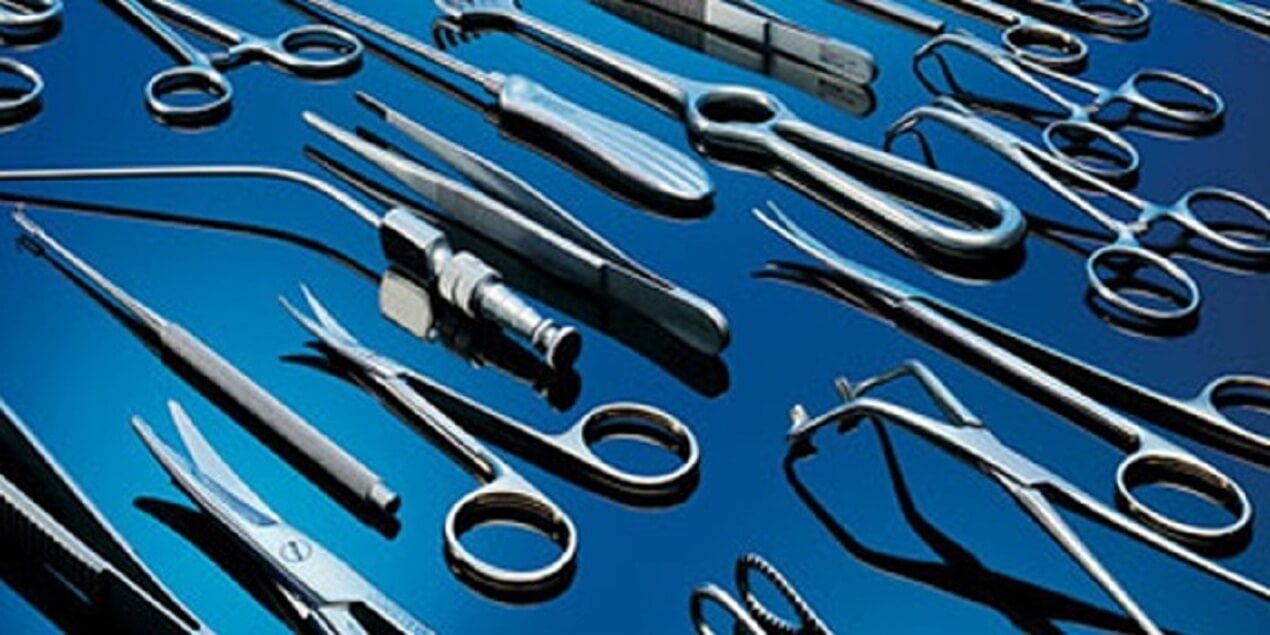In the realm of ophthalmology, surgical precision is paramount. The evolution of ophthalmic surgical tools has revolutionized the field, enabling intricate procedures with unprecedented accuracy and safety. This guide delves deep into the world of these indispensable instruments, exploring their functionalities, advancements, and significance in modern eye surgery.
1. Understanding Ophthalmic Surgical Tools
Ophthalmic surgical tools encompass a diverse array of instruments designed specifically for procedures involving the eyes. From delicate incisions to intricate manipulations, these tools cater to the specialized requirements of ocular surgery.
1.1 Scalpels: The Precision Blades
Scalpels are fundamental tools in ophthalmic surgery, utilized for making precise incisions with minimal tissue trauma. With razor-sharp blades and ergonomic handles, they ensure surgical accuracy while minimizing patient discomfort.
1.2 Microforceps: Grasping Perfection
Microforceps facilitate the delicate handling of tissues during ophthalmic procedures. Their fine tips and spring-loaded mechanism allow surgeons to grasp and maneuver tissues with unparalleled precision, essential for intricate maneuvers within the confined space of the eye.
1.3 Phacoemulsification Devices: Innovating Cataract Surgery
Phacoemulsification devices have revolutionized cataract surgery by enabling the efficient removal of the clouded lens through ultrasonic emulsification. These advanced tools minimize surgical trauma, promote faster recovery, and enhance visual outcomes for patients undergoing cataract extraction.
1.4 Vitrectomy Systems: Navigating the Retinal Terrain
Vitrectomy systems are indispensable tools for retinal surgery, facilitating the removal of vitreous humor and enabling access to the retina for repair or treatment. Equipped with micro-incisional probes and cutting-edge illumination systems, these devices optimize surgical visualization and precision in complex vitreoretinal procedures.
1.5 Ophthalmic Lasers: Illuminating Precision
Ophthalmic lasers play a pivotal role in various eye surgeries, offering targeted energy delivery for tissue ablation, photocoagulation, and other therapeutic interventions. From refractive surgery to retinal photocoagulation, these versatile tools enhance surgical outcomes while minimizing collateral damage to surrounding tissues.
2. Advancements in Ophthalmic Surgical Tools
The landscape of ophthalmic surgical tools is continually evolving, driven by technological advancements and innovative design concepts aimed at enhancing surgical precision, efficiency, and patient outcomes.
2.1 Robotics in Ophthalmic Surgery: Pioneering Precision
Robotic-assisted ophthalmic surgery represents a paradigm shift in surgical precision, allowing for unparalleled accuracy and reproducibility in complex procedures such as retinal microsurgery and intraocular lens placement.
2.2 Artificial Intelligence Integration: Enhancing Surgical Decision-Making
The integration of artificial intelligence (AI) algorithms into ophthalmic surgical platforms holds tremendous promise for optimizing surgical planning, intraoperative guidance, and postoperative management. AI-driven analytics enable real-time data interpretation and predictive modeling, empowering surgeons to make informed decisions and achieve superior clinical outcomes.
2.3 Nano-technology: Miniaturizing Precision
Nano-technology is poised to revolutionize ophthalmic surgery by miniaturizing surgical tools and enhancing their maneuverability within the intricate anatomy of the eye. From nano-scale incision blades to drug delivery systems, these innovations offer unprecedented precision and therapeutic efficacy in the treatment of ocular diseases.
3. FAQs (Frequently Asked Questions)
How do ophthalmic surgical tools contribute to patient safety?
Ophthalmic surgical tools are meticulously designed to minimize tissue trauma, reduce surgical complications, and enhance patient comfort during procedures. By ensuring precise surgical maneuvers and efficient tissue handling, these tools contribute significantly to the safety and success of ophthalmic surgeries.
What are the key considerations when selecting ophthalmic surgical tools?
When selecting ophthalmic surgical tools, factors such as instrument ergonomics, blade sharpness, maneuverability, and compatibility with surgical platforms are crucial. Surgeons prioritize instruments that offer optimal precision, tactile feedback, and ease of use to achieve superior surgical outcomes.
Are ophthalmic surgical tools compatible with various surgical techniques?
Yes, ophthalmic surgical tools are designed to accommodate a wide range of surgical techniques, including phacoemulsification, vitrectomy, corneal transplantation, and refractive surgery. Manufacturers tailor their instruments to meet the specific requirements of different procedures, ensuring versatility and compatibility across surgical specialties.
How do technological advancements influence the evolution of ophthalmic surgical tools?
Technological advancements drive continuous innovation in ophthalmic surgical tools, leading to the development of smarter, more ergonomic, and efficient instruments. From robotic-assisted surgery to AI-driven analytics and nano-technology, these advancements empower surgeons with unprecedented capabilities for precision and control in ocular surgery.
What role do ophthalmic lasers play in refractive surgery?
Ophthalmic lasers play a pivotal role in refractive surgery by reshaping the cornea to correct refractive errors such as myopia, hyperopia, and astigmatism. LASIK (Laser-Assisted in Situ Keratomileusis) and PRK (Photorefractive Keratectomy) are among the most common refractive procedures performed using ophthalmic lasers, offering patients enhanced visual acuity and reduced dependence on corrective eyewear.
How do ophthalmic surgical tools contribute to the advancement of minimally invasive surgery?
Ophthalmic surgical tools are instrumental in advancing the field of minimally invasive surgery (MIS) by enabling precise surgical interventions through smaller incisions and reduced tissue trauma. With the advent of micro-incisional techniques and instrumentation, surgeons can perform complex ocular procedures with minimal disruption to ocular structures, resulting in faster recovery times and improved patient outcomes.
Conclusion:
In conclusion, ophthalmic surgical tools represent the cornerstone of modern eye surgery, facilitating precise and minimally invasive interventions across a wide spectrum of ocular conditions. As technology continues to advance, these indispensable instruments will play an increasingly pivotal role in shaping the future of ophthalmology, ushering in an era of unprecedented surgical precision and patient care.
Go to check: https://rigorinstruments.com/ophthalmic-surgical-instruments/

